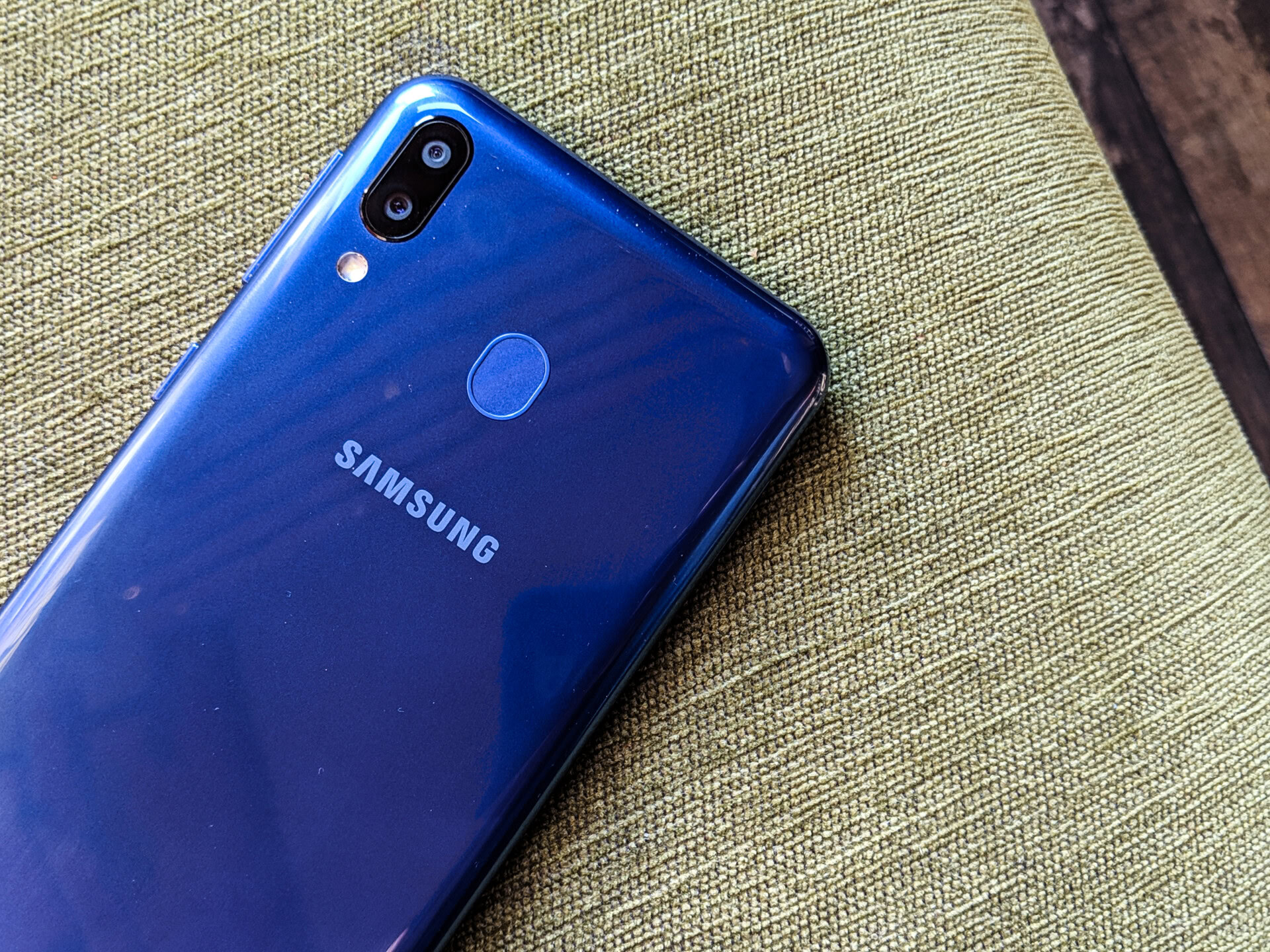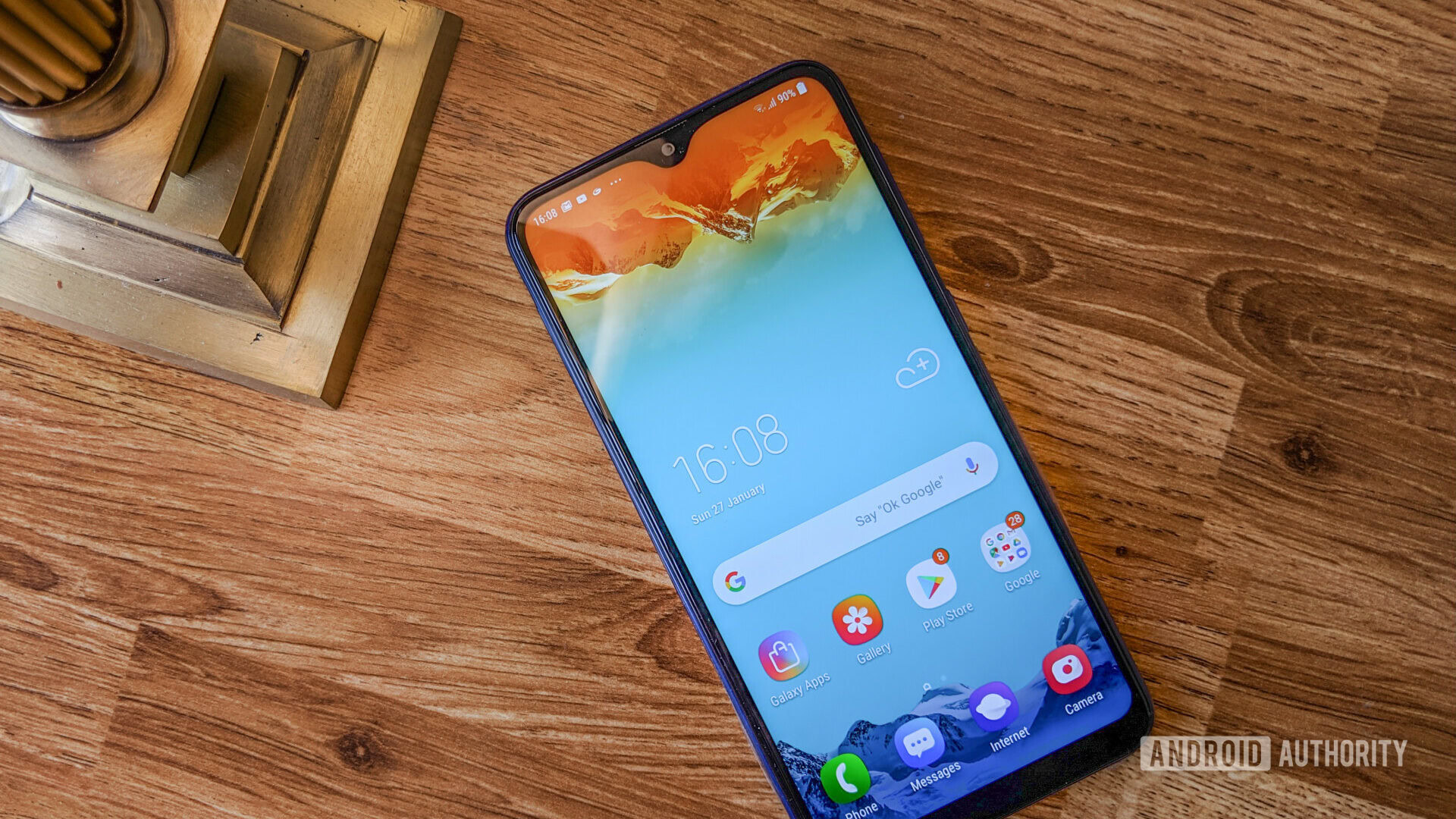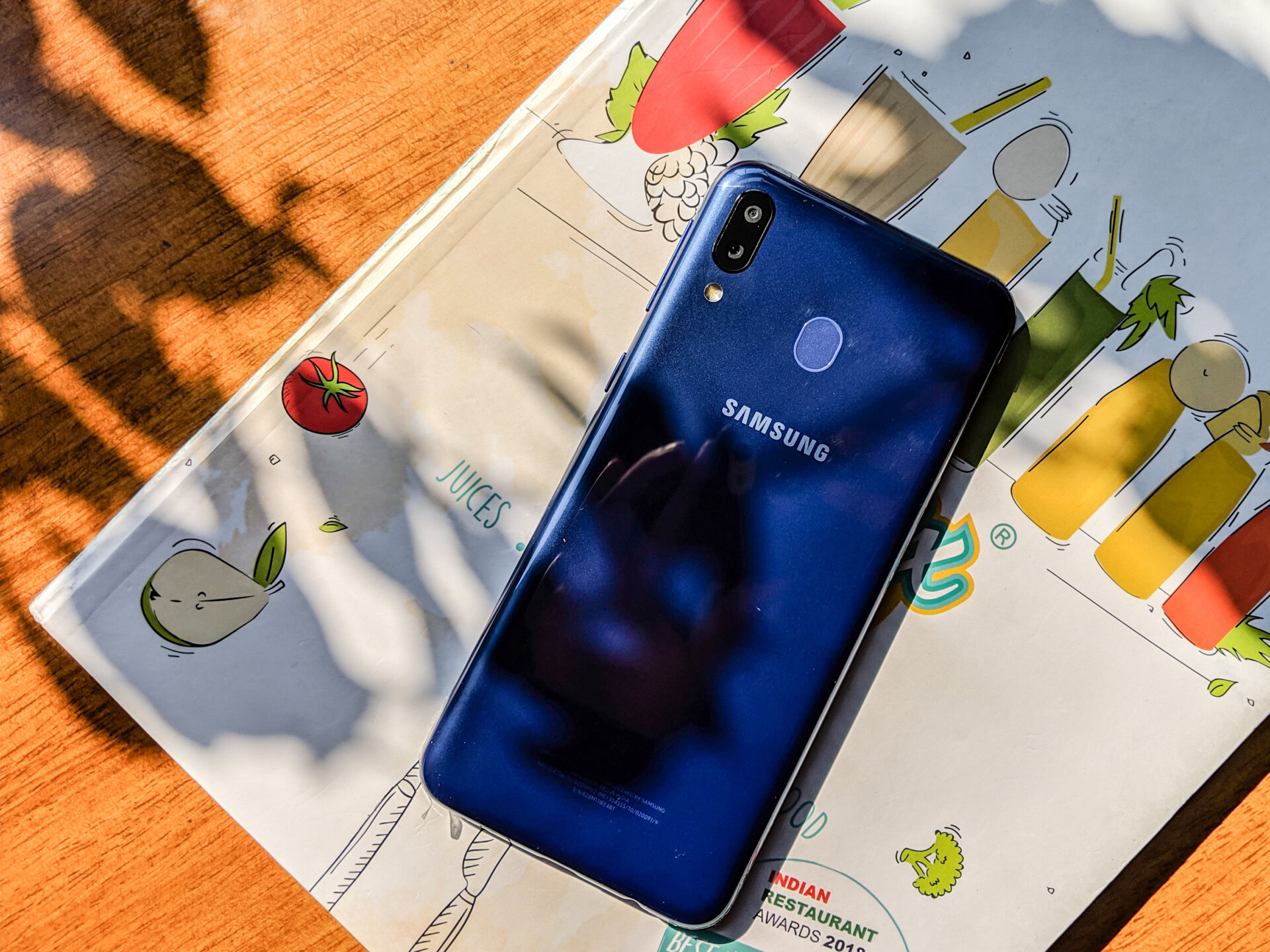Affiliate links on Android Authority may earn us a commission. Learn more.
Samsung Galaxy M series: Much ado about little something

In the lead-up to the Galaxy M launch in India, social media was awash with mentions of Samsung’s new phone. Such a hype for budget and mid-range smartphones is rarely seen, especially for the Korean company.
Of course, it was Samsung’s marketing dollars speaking. The phones weren’t even unveiled at the time, but the company brought out technology influencers all over who were suddenly enamored with Samsung.
At least one rival took notice. On launch day, Xiaomi India Managing Director Manu Kumar Jain, and other members of Xiaomi’s leadership, took to Twitter to criticize tech media that had opted in to Samsung’s coterie.
While Xiaomi executives raised valid points about media ethics, it was the first time they made public their displeasure of this practice. Many believed it was also a preemptive counter at a pair of smartphones that seem specifically designed to thwart Xiaomi’s ascent in India. Xiaomi took several digs at Samsung on its company channels as well.
Ironical to see tech bloggers get up on stage at product launches, talking all great things about the product (maybe influenced by monetary payment).As a reviewer, users depend on you to be honest & open about any product.How can this be termed as ‘unbiased’ media?— Manu Kumar Jain (@manukumarjain) January 28, 2019
Brands like Xiaomi, and then HONOR, HMD Global, and realme changed the game when it comes to budget and mid-range smartphones in markets like India. They offer an incredible value proposition that was unimaginable a few years ago. Samsung continues to be a behemoth in the premium segment, with the industry-leading Galaxy S and Galaxy Note series. But the company has been playing second-fiddle in the affordable segment – the category that drives volumes in India – as newcomers eat into its market share quarter-by-quarter.
Brands like Xiaomi, and then HONOR, HMD Global, and realme et al have changed the game when it comes to affordable smartphones.
According to Counterpoint Research, Xiaomi led the smartphone market in India in 2018 with a 28 percent share, followed by Samsung (24 percent). Of course, Samsung would rather cite GfK data which tracks the value share of the market, instead of shipments.

Dial M for Millennials
Samsung India will be the first country to launch the new Galaxy M series smartphones later this month. This new range has been inspired by millennials and designed in India.– Asim Warsi, Senior Vice President, Samsung India
Surprise, surprise. From the Galaxy M-series press release to the marketing collateral, the word “millennials” is splashed everywhere. The largest demographic in the country is where Xiaomi saw its earliest success and where HONOR has chosen to position itself (while the mother brand, HUAWEI, targets professionals).
But millennials are also the most fickle audience, and a few bumps in the specs sheet or a lower number on the price label will make buyers forget about the brand.
Online only
According to Neil Shah, Partner and Research Director at Counterpoint Research, Samsung has access to the latest display, camera, memory, and connectivity technologies. From a hardware perspective, it can easily take on the likes of Xiaomi. Samsung is also in a better position in the offline market and has a robust service network. Surprisingly, the Galaxy M series won’t take advantage of this extensive infrastructure. The Galaxy M10 and M20 will be sold exclusively online on Amazon.in.
Samsung's differentiation of broader retail availability has been compromised.
One of the big reasons why the J series and other previous budget Samsung smartphones series did well in India – despite being underwhelming products compared to the competition – was their offline availability. Samsung has a solid distribution ecosystem in India, along with huge brand value, and that made a lot of customers buy in. Some people chose Samsung because, well, it was Samsung, and available in that mobile store in the neighborhood.
Online shoppers are usually more aware and have access to extensive reviews and comparisons. Selling online-only has big benefits in terms of cost. By making the Galaxy M an online-exclusive, Samsung has been able to price the devices competitively, but its differentiation of broader retail availability has been compromised.
Capable specifications sheet
The first two smartphones in the new Galaxy M series – M10 and M20 – target the entry-level segment and the lower end of the mid-range segment. An M30 is coming soon, we’ve learnt.
The Galaxy M10 packs in modest internals but stands out with a waterdrop notch and an ultra-wide rear camera, which is rare in its price range. Similarly, the elder sibling, Galaxy M20, has all that, along with a large 5,000mAh battery and a better specifications sheet overall.

These are not bad phones at all, mind you, and our reviews have been mostly positive. Yet, their only real win is standing up against Xiaomi’s bestselling Redmi series and a slew of other great devices from ASUS, HONOR, and Nokia. They only stand up to them, not beat them. The design is uninspiring, the specifications sheet doesn’t dazzle, and they run Android 8.1 Oreo out of the box in 2019.
Final thoughts

With the Galaxy M series, Samsung aims to scoop people who would otherwise look to pick up a Nokia, an ASUS, an HONOR, a realme, or a Xiaomi smartphone. In the fiercely crowded and competitive Indian market, it will be no easy task. Of course, Samsung’s jab would mean that Xiaomi and others will pull up its socks and fight back. Perhaps it wasn’t an accident that the Redmi Go was launched a few hours after the Galaxy M.
The M10 and M20 don’t scream disruption at all, but they may as well keep Samsung’s sales spreadsheets ticking. Samsung’s marketing blitzkrieg may not make a huge difference, but its brand value is an uncontested asset. A slightly better offering that stood out with a special feature might have made everyone take notice — like Redmi Note 5 Pro did with camera or HONOR does with design or Nokia does with Android One. This is an opportunity missed. Perhaps the upcoming Galaxy M30 will make a difference.
These millennials are a strange breed, but they know better.